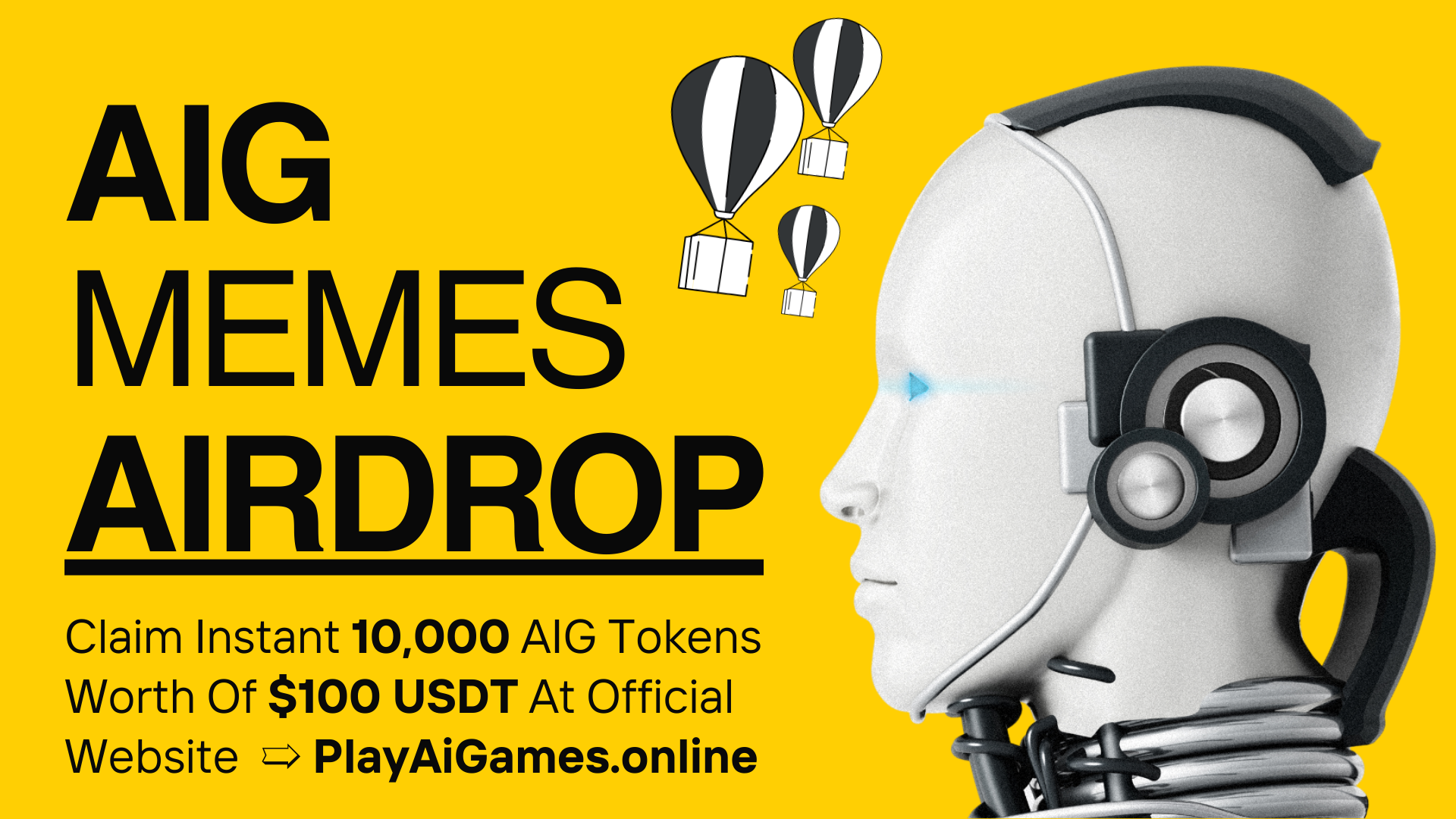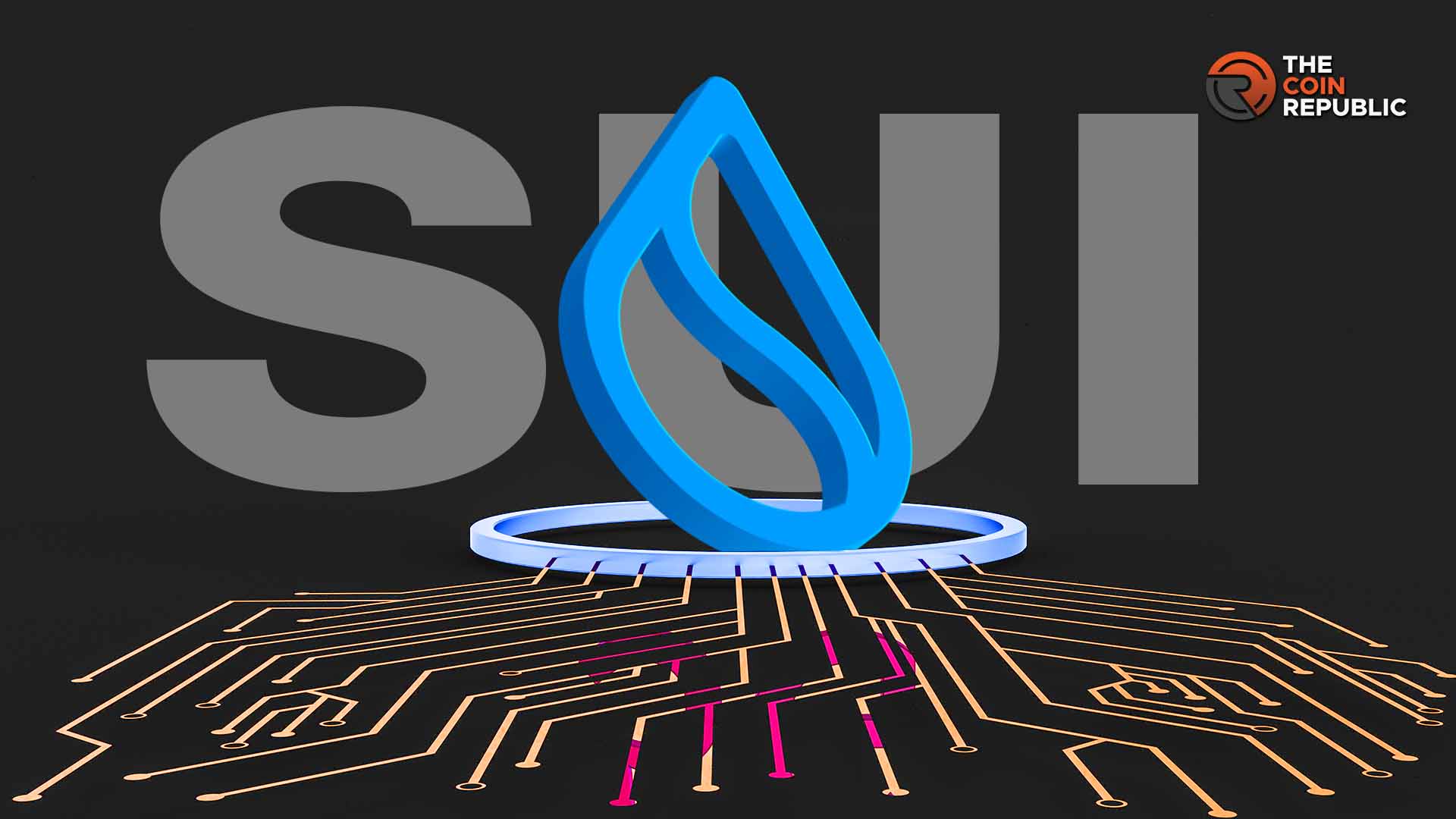- Major validators such as Nansen, Ankr, Twinstake, and Bware Labs bring valuable infrastructure and expertise, enhancing IOTA’s scalability, efficiency, and overall blockchain capabilities.
- These partnerships strengthen IOTA’s position as a decentralized network aimed at solving real-world challenges like supply chain management.
The IOTA ecosystem is entering a new phase as it reveals the first validators for its much-anticipated testnet. It’s a significant step towards decentralization and industry collaboration as well, with major players joining the network. The increased adoption of the ecosystem also signals higher demand for the IOTA token, which is a bullish indicator of the token’s future trajectory.
IOTA Bags Major Collaborations
Nansen is one of the first validators in on-chain analytics. With over 300 million labeled blockchain addresses and support for over 45 chains, Nansen brings a robust analytics infrastructure to IOTA’s ecosystem. The platform caters to over 100,000 crypto investors, further solidifying its influence in the blockchain space.
The likes of Ankr, an infrastructure provider for Web3 that handles over 8 billion RPC requests every day, have also signed on. Through its Neura blockchain, Ankr also has innovative partnerships with such major networks as Polygon and BNB Chain. Hence, experts expect the Ankr team to make significant contributions to the scalability and efficiency of this testnet.
The other validator is Twinstake, an institutional staking service provider with experience working with projects like EigenLayer and Peaq. It offers solutions that would help maximize returns on staking for institutional players, which IOTA could also benefit from.
Bware Labs, with its Blast platform, joins the list of validators. Bware Labs handles over 500 million daily requests and secures assets worth more than $5 billion, making it one of the significant players in decentralized blockchain access through its INFRA token.
The latest collaborations represent IOTA’s commitment to drawing on expertise from the blockchain ecosystem as it moves into a decentralized future. Established validators’ participation here demonstrates a growing interest in IOTA’s capabilities. These validators are especially interested in exploring IOTA’s potential to solve real-world challenges like supply chain management and tokenization.
Recent Proposal For Layer 1 Scaling
Meanwhile, the IOTA Foundation has recently announced the IOTA Rebased protocol, a revolutionary proposal to reform its blockchain architecture, per the CNF report. It will form a completely decentralized Layer 1 (L1) network and introduce advanced features such as the Move Virtual Machine (MoveVM), EVM compatibility, and a new tokenomics structure.
At the heart of the proposal is a transition from the existing UTXO-based model to an object-based architecture that is driven by MoveVM, reported CNF. This transition promises improved programmability, enabling resource-oriented programming, static analysis, and formal contract validation. Such developments will help the protocol scale into applications ranging from financial services to supply chain solutions that are currently locked out of the current system.









